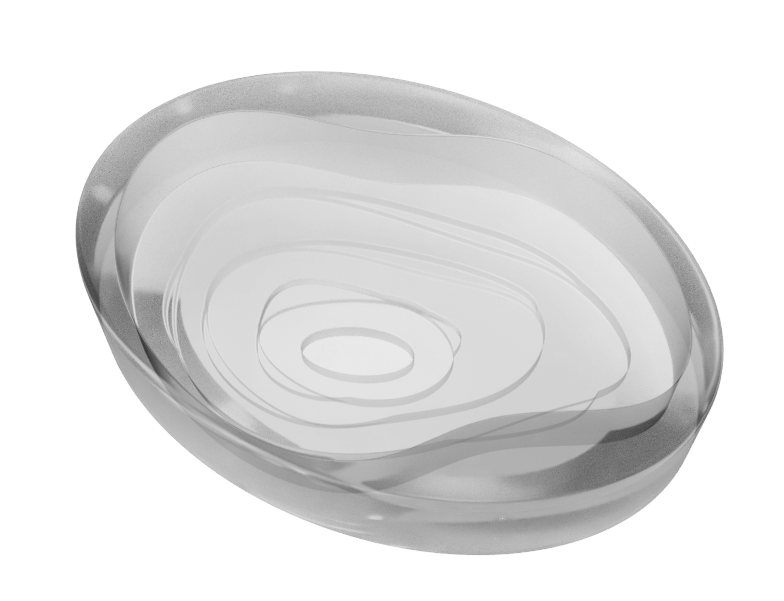Physarumancy
2022 | Generative Design & Biodesign | MDes Project
IIT Institute of Design
In understanding how generative design can design for and with growth, Physarumancy attempts to compare the growth of identity through the movement of a non-human species, specifically slime mold. The comparison is meant to reveal the abstract and multidimensional nature of the self, which struggles to rationalize where and when identity forms. The project incorporates physical and visual elements which impose and provoke our cultural understanding of elements that control who the self becomes. These elements include a map of decision points, the imprinting of knowledge and experience, and cultural ceremonies of fortune telling that uncover the self via celestial (astrology), biological (palmistry), or ritualistic processes (tea reading).
What is slime mold?
Why does it matter?
Physarum Polycephalum is an acellular slime mold or myxomycete. P. Polycephalum moves toward food sources amorphously through branches that mature to a network for collective consumption. As its name implies, the slime mold situational behavior is marked by its “many-headed”-ness. Without a brain, it can solve the shortest path problem, hold spatial memory, and drive bio-computing devices.
Path = Journey = Interconnection
Reality = Territory = Moments in Time
Context = Map = Perception
Slime mold models the navigation of experience to better understand self, the world, and the interconnection. Slime mold traverses time in three modes: Introspection, Extrospection, and Retrospection. Introspection is seen through movement between the collective centerpoint and its extremities, much like processing of childhood to make sense of patterns. Extrospection is evident in the expanse for food, each advance influencing the need for new experience. Retrospection is the lateral motility seen across extremities, nearby territories inform one other through shared spatial memory.
Time moves linearly but the self does not. Identity is a group without a leader. Slime mold visualizes our perception of identity, indecision, and movement through life through a decentralized collective – ever expanding, searching, and colonizing through uncertainty.
Controlling Growth
In the process, I monitored the growth of a slime mold specimen, observing its reaction to changes in temperature, location, and food source. It could be split between containers, navigate around barriers, and escape its enclosure to search for food.
Slime in a TIme Enclosure
Using AutoCAD Fusion 360 I modeled a small enclosure meant to signify steps in time, life phases, or other forms of discreet eras. The model was printed in eco-resin using an SLA printer. Through placing food sources (oat flakes) at various steps in the enclosure I attempted to simplify the rewards and challenges posed by life and associated decision making.
The search to understand how we (humans) became ourselves is never ending. The self is multifaceted, thus every explanation of its origin or determination of how it will change feels dissatisfying. Slime mold’s generative pathways serve as a cross-species model to inform individuals of their own generative nature. Blurring the boundary of self reflection through a brainless creature is both provocative and liberating. This project aspires to create a new understanding of what it means to live a life.






